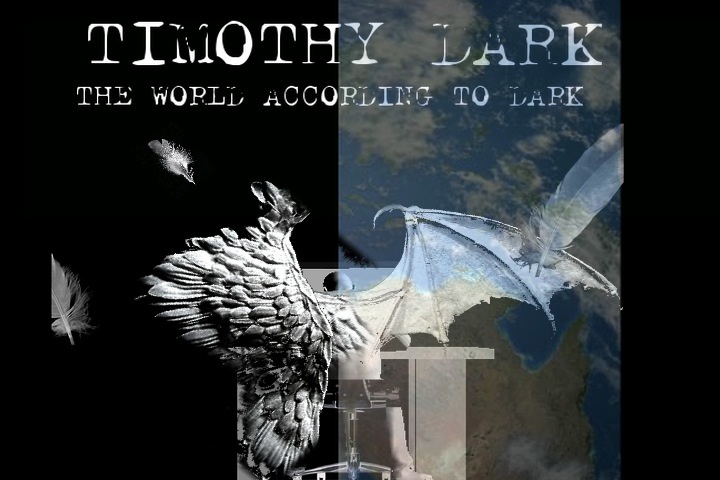Growing up I could always relate to the characters in the comics, especially Spider-Man. One of the creators of the comics, Stan Lee is the fucking man. This is only one of the reasons why. 
Jamel Hunter and his Spider-Man figure examining a drawing by Stan Lee, a creator of the comic book hero, on Thursday in their home in Harlem. CreditTodd Heisler/The New York Times
The intercom was broken outside the front door at the Washington Houses project in East Harlem on Thursday. No way to buzz a visitor up. Finally, someone leaving held the door open.
Jamel Hunter, 8, lives on the second floor of his building. He had been cooped up for days, like so many other children of New York City, as the colliding forces of the schools’ midwinter break and the subfreezing temperatures outside kept him indoors, watching television and drawing, sometimes on paper, sometimes on the wall.
This reporter handed Jamel a package. Inside was a picture frame, and inside that, a penciled sketch of a stick figure: Spider-Man. Above the figure, a word bubble read, “Hi Jamel.”
Below the figure, the signature read, “
Stan Lee.”
Jamel grinned in quizzical recognition. What was this?
Backing up: In 1962,
Stan Lee was a successful writer of comic books, with
The Fantastic Four already on his list of greatest hits at Marvel Comics, when he started thinking of creating something new. That turned out to be the New York City crime fighter Spider-Man, and while this column has traditionally hewed fast to actual crimes committed by real people, this departure seemed worthwhile.
Spider-Man’s secret identity was a teenager, Peter Parker, orphaned as a boy and living with his aunt in Forest Hills, Queens, across the East River from Mr. Lee’s Manhattan office.
His first appearance took place in Amazing Fantasy No. 15, in 1962. He would go on to greater heights, with countless spinoff comic books, toys, television shows and blockbuster movies in the decades that followed.
A girl named Phyllis grew up without a thought in her head about Spider-Man, and enough to deal with otherwise. She was born in 1968 with
Blount’s disease, and struggled to walk with bowed legs. She grew up and became a mother of five, and Jamel is her baby. Along the way, she suffered from kidney failure, knocking her out of the work force — she had been a beautician, among other jobs — and into a motorized wheelchair she uses to leave the building.
Jamel has autism, his early years like a movie about childhood, sometimes in slow motion, sometimes fast-forward, a hyper blur, but never the right speed, and always on mute. He did not speak until he was in preschool, when he began working with the
Kennedy Child Study Center, which helps children with intellectual disabilities. He wandered away from parties, uncomfortable with the noise.
Jamel fell hard for Spider-Man. With his eighth birthday approaching in November, his mother thought he was finally ready for a party, and she decorated accordingly. There was more Spider-Man on the four walls and ceiling of that community room in the projects that day than inside three copies of Amazing Fantasy No. 15.
This reporter was among those in attendance, on assignment
for an article about Jamel and The New York Times Neediest Cases Fund. Phyllis Atwood said her biggest complaint about the resulting article was that some of the people who read it had told her they felt pity for her.
“I don’t like people feeling sorry for me,” she said
A woman in California, Corky Hale, read the story. She is a veteran jazz musician, playing flute and harp and having performed with Billie Holiday, Tony Bennett, Barbra Streisand and Liberace, to name a few, and she is married to Mike Stoller, half of the songwriting duo Leiber and Stoller.
Most important to this story is her friendship with her neighbor, Mr. Lee. She approached him with a request.
“This was a unique experience,” Mr. Lee, reached by phone between meetings last week, recalled. “Corky called me and said there was a little boy,” he said. “She wanted a sketch, so I did one.” Ms. Hale mailed the sketch to me to take to Jamel.
(Mr. Lee, 92, was quick to point out that he wrote the Spider-Man comics but he didn’t draw them. “I’m not known as an artist, which is lucky for the world,” he said.)
The idea behind Spider-Man was to have a hero whom children could relate to, but who stood alone, not as a sidekick. And he was a bona fide New Yorker. “I decided I’d have these characters live in the real world, instead of Gotham City or Metropolis,” Mr. Lee said.
His most recent incarnation of Spider-Man now rests in the very real world, on a table in a cramped apartment in East Harlem in a building with a broken buzzer, its owner probably a few years away from understanding what it means, but enjoying it all the same.



























